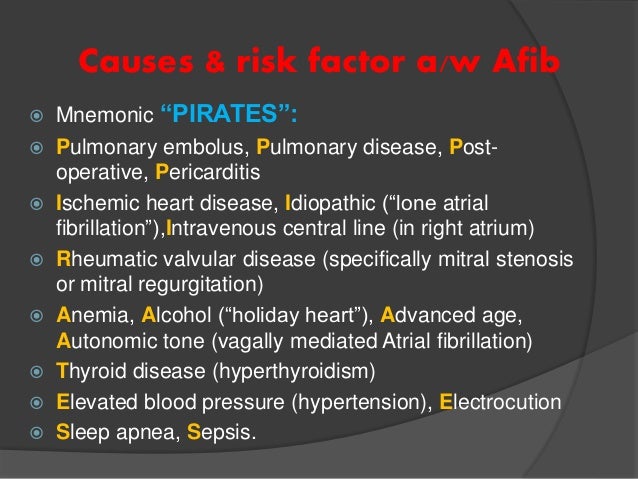

Feasibility of evaluation of Polar H10 chest-belt ECG in patients with a broad range of heart conditions. epicardial maps and ECG recordings from a canine model of AFL. This study complements previous research that had validated earlier data captured by Polar H10 used for determining heart rate and the possibility to detect atrial fibrillation (AF) compared to ECG-Holter on a short ECG recording in selected patients. Whats Atrial Fibrillation Sometimes the hearts electrical system doesnt work the way it should. To sum up, Polar H10 can be used as a means for continuous monitoring of ECG, evaluation of rhythm and screening of atrial fibrillation. However, caution is recommended when interpreting ECG data in patients with stimulated rhythm and in patients with atrial flutter. The dataset included 1,153,229 heartbeats, average heart rate 76.6/min, 86.3% in sinus rhythm, 13.7% with atrial fibrillation, 0.46% atrial premature beats, 0.49% ventricular premature beats). 1,128,319 heart beats out of the total of 1,153,229 were evaluated as easy to interpret. The presence of noise was 2.16% (A: 2.31% B: 1.95% C: 2.20%). Using ECG from the chest strap, the basic rhythm could reliably be determined by the physician in majority of patientīased on the results, the study indicates that the ECG data obtained from Polar H10 in hospitalized patients and outpatients with a wide range of cardiovascular diseases, as well as in healthy individuals, is usable in real practice for the evaluation of baseline rhythm, atrial fibrillation, and premature contractions with a minimal proportion of difficulties to interpret recordings due to artifacts. Using a Polar H10 heart rate sensor, they recorded one to two hours of ECG data from all patients. Similar to atrial fibrillation, atrial flutter can be classified into the following types: Acute atrial flutter (includes newly diagnosed cases).

With this study, researchers aimed at evaluation the feasibility of long ECG recordings by Polar H10 in patients with a wide range of heart diseases has not yet been performed. For that, they enrolled 54 hospitalized patients, 53 outpatients, and 54 healthy individuals as control group. Atrial flutter tends to accompany atrial fibrillation, although some individuals may only present with atrial flutter. Atrial flutter and AFib are the two most common types of heart rhythm disturbances. However, the way they affect the rhythm differs. Researchers concluded physicians can easily interpret ECG data captured by Polar H10 for the evaluation of of baseline rhythm, atrial fibrillation and premature contractions in patients with a wide range of heart diseases has not yet been performed.Ī novel study carried out in the Czech Republic concluded that ECG data captured by the Polar H10 heart rate sensor is usable in real practice for the evaluation of baseline rhythm, atrial fibrillation and premature contractions with a minimal proportion of difficulties to interpret recordings due to artefacts FAQ Summary Atrial flutter and atrial fibrillation (AFib) both affect your heart rhythm.


 0 kommentar(er)
0 kommentar(er)
